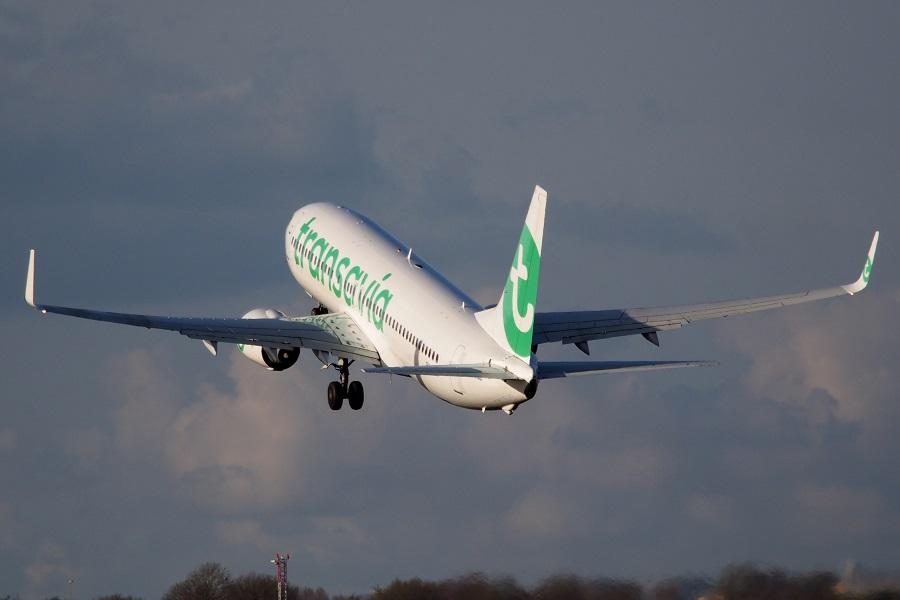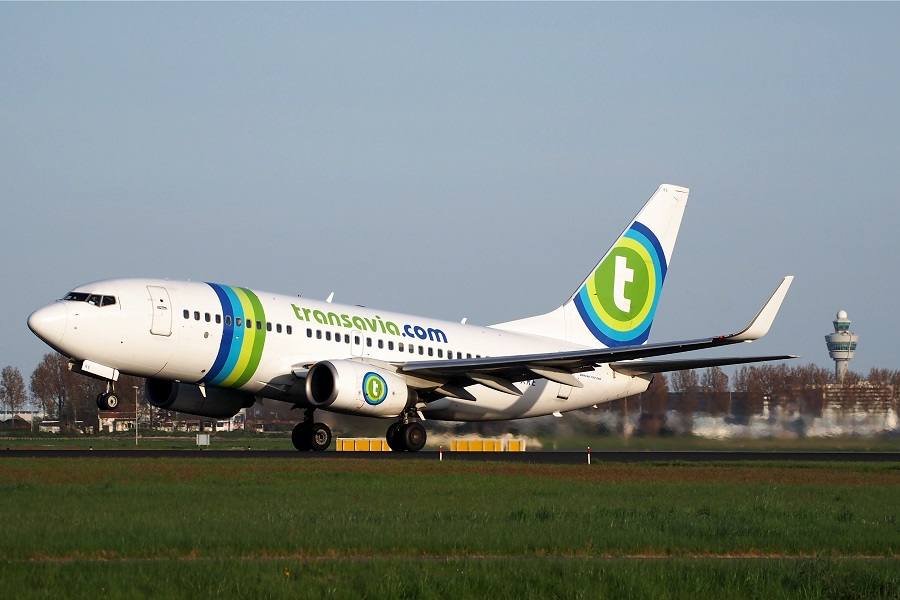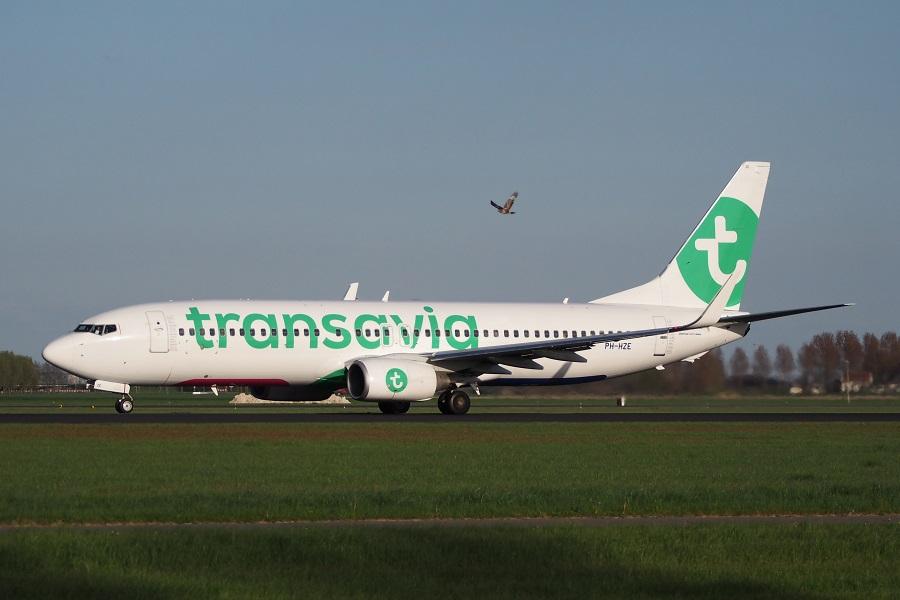A Transavia 737 crew faced an unusual situation when both their pitot/static systems presented them with unreliable airspeed and altitude indications.
If this story seems a bit familiar to you, it could be because we reported something very similar, very recently. That was a Delta 737-900, on the 20th of April. This time we have a Transavia 737-700, on the 24th. But whereas the Delta aircraft had unreliable airspeed and altitude on the Captain’s side, Transavia had issues with both.

Another difference is that this flight had passengers on board. The aircraft was performing flight HV-6051, from Rotterdam (EHRD) in the Netherlands, to Alicante (LEAL), Spain. It departed from runway 06, at 18:33 local time. However, ATC soon noted that they were not receiving any altitude information from the aircraft. When operating using secondary radar information, ATC will see the altitude that the aircraft’s instruments transmit. IF they transmit it!
The crew had already noticed they had unreliable airspeed and altitude. When ATC told them that they didn’t receive altitude information, they responded: “And now?”, as they changed air data sources. ATC still didn’t receive any plausible altitude information. Then, ATC and flight crew learned just how unreliable their airspeed and altitude indications were.

Unreliable Airspeed And Altitude – By How Much?
ATC queried the crew about what altitude they thought they were at. The crew said they believed to be at 6500 feet. They were basing this on their standby instruments, which at this point they deemed reliable. There is a military three-dimensional radar very close to this region. It informed ATC that the aircraft was in fact at FL110 (11,000 feet at standard pressure). So their standby instruments were just as unreliable for altitude and possibly airspeed, as their primary systems.
The crew diverted to Amsterdam Schiphol airport (EHAM). They told ATC on approach there that their take-off and initial climb out of Rotterdam seemed OK. Then they had indications of unreliable airspeed and altitude on both the Captain’s and the First Officer’s instruments. Amsterdam approach didn’t read any altitude either. During approach, the crew reported descending through 4,400 feet. Military radar had them at 3,200 feet – this time lower, rather than higher.

Thankfully this was taking place in daytime, giving the crew a much-needed reprieve. They made a safe landing at runway 06 in Schiphol, requiring no further assistance. Another aircraft performed the flight, reaching Alicante with a 2.5-hour delay.
The Transavia aircraft was a Boeing 737-7K2, with registration PH-XRX. It’s eighteen years old, and has spent all its time with the airline. It had not flown for over two months, before this incident. This likely has something to do with the unreliable airspeed and altitude indications its crew received.




2 comments
Eric Wurm
Not a cleanly written comment.
Andre T
Not a clean written article. Hate when the author states you may remember. The article comes across too casual and lacks formality of a professionally written article.